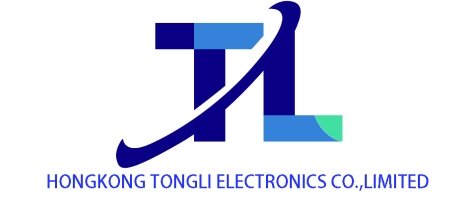Domestic Storage Market Sees Growing Divisions, Enterprise Demand Emerges as Key Driver
The domestic storage market remained generally stable this week with external influences weakening, yet significant divisions emerged in segmented sectors. With the US tariff policies finalized, market focus shifted to supply-demand dynamics and technological iteration, where enterprise storage demand emerged as a potential growth engine.
Samsung Electronics suffered a disastrous Q2, with semiconductor chip profits plummeting from 33.6 billion yuan in the same period last year to less than 2.1 billion yuan, marking the fourth consecutive quarterly decline, mainly affected by chip export restrictions and delayed sales of client products. However, it accelerated technological transformation, expanding sales of 128GB DDR5 and 24Gb GDDR7, and advancing the implementation of 8th-gen V-NAND technology.
In contrast, SK Hynix took a bullish stance, stating that current demand was strong, the pricing environment favorable, client inventories stable, and growth expected in the second half of the year. Micron Technology focused on the server market, launching three groundbreaking data center SSDs this week: the world’s first PCIe® Gen6 product with doubled performance, a 122TB model with 67% higher storage density, and an upcoming 245TB product set to be the capacity leader. Silicone Motion, a leading controller chip manufacturer, saw 19% revenue growth but significant year-on-year declines in net profit and SSD solution sales.
The DRAM market showed a pattern of old vs. new: DDR5 prices rose moderately, with brand manufacturers accelerating iteration and surging demand for chips and packaging testing; DDR4 prices dropped 1%-3%, forcing businesses to cut prices amid shrinking orders. Module manufacturers predicted that DDR4’s upward momentum might continue until the end of the year, as domestic major manufacturers had significantly reduced monthly DRAM production capacity.
The SSD market fell into a lull before the peak season, with sluggish spot transactions and weak OEM inquiries, prompting some enterprises to cut prices to maintain sales volume. However, structural opportunities emerged: INK DIE and used goods supplies were tight, low-capacity chips had started to rise due to production cuts, and enterprise-level and high-capacity consumer products driven by AI servers were expected to rebound, while consumer-side recovery still awaited.
Flash Wafer original factory contract prices remained stable, with news of a planned Q3 price increase triggering tentative price hikes, as manufacturers generally controlled volume and stabilized prices to avoid inventory risks. The USB and TF card markets were flat, with businesses mostly watching sales volume ahead of the peak season; 32G-64G USB3.0 rose slightly by 1%, while other categories saw minimal price fluctuations.
NVME3.0 960G rose 1% while 2T fell 1%; SATA3.0 480G-2T dropped 1%-2%, with prices of other mainstream interfaces stable. In the memory OEM market, all DDR4 products declined, while DDR3 remained unchanged.
The industry recommended maintaining sales volume and adopting a cautious wait-and-see approach next week. With technological iteration and the approaching peak season, the growth momentum of DDR5 and enterprise-level SSDs is likely to become the key to breaking the current market deadlock.
